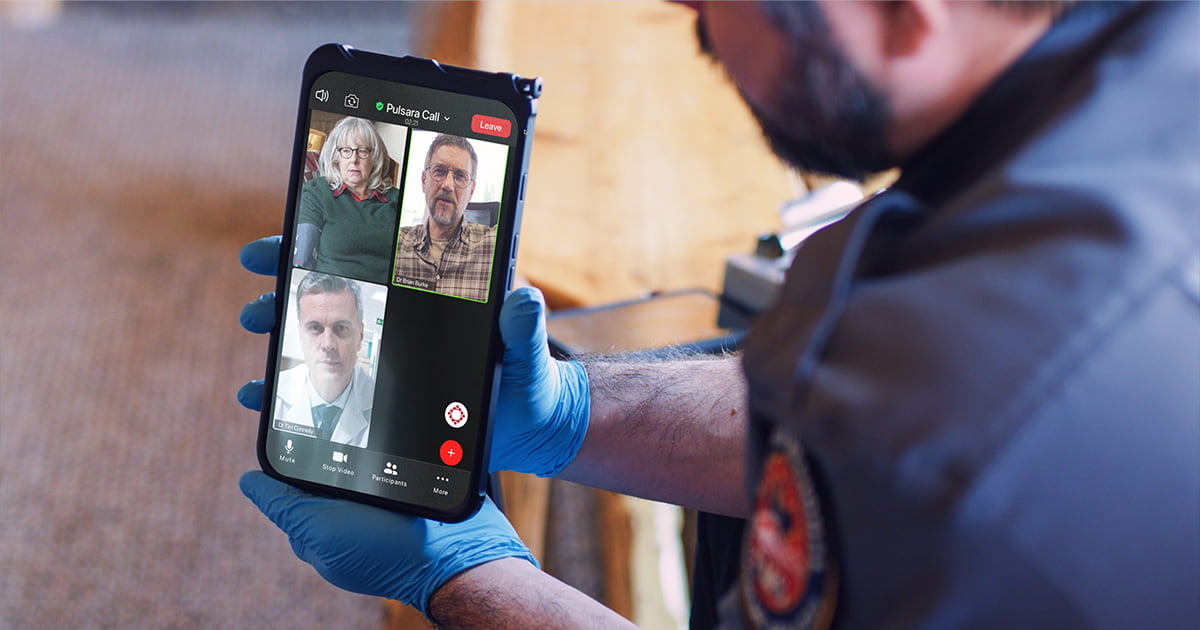1 min read
Closing the Gaps: Plug Holes in Your Skillset [Free eBook]
While it’s essential that EMS providers stay on top of core clinical skills for the most critical calls, such as sudden cardiac arrest and airway management, it’s also important to keep up with the...

